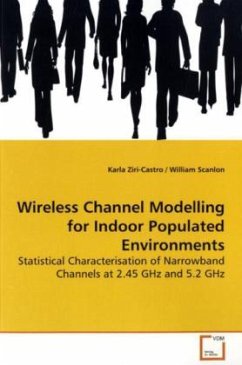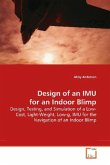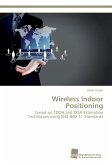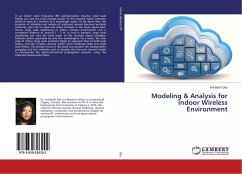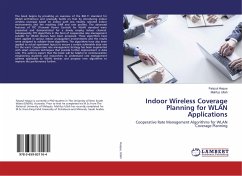The recent development of indoor wireless local area
network (WLAN) standards at 2.45 GHz and 5 GHz has
led to increased interest in propagation studies at
these frequency bands. Within the indoor
environment, human body effects can strongly reduce
the quality of wireless communication systems. Human
body effects can cause temporal variations and
shadowing due to pedestrian movement and antenna-
body interaction with portable terminals. This book
presents a statistical characterisation, based on
measurements, of human body effects on
indoor narrowband channels at 2.45 GHz and at 5.2
GHz. A novel cumulative distribution function (CDF)
that models the 5 GHz narrowband channel in
populated indoor environments is proposed. This
novel CDF describes the received envelope in terms
of pedestrian traffic. In addition, a novel channel
model for the populated indoor environment is
proposed for the Multiple-Input Multiple-Output
(MIMO) narrowband channel in presence of pedestrians
at 2.45 GHz. Results suggest that practical MIMO
systems must be sufficiently adaptive if they are to
benefit from the capacity enhancement caused by
pedestrian movement.
network (WLAN) standards at 2.45 GHz and 5 GHz has
led to increased interest in propagation studies at
these frequency bands. Within the indoor
environment, human body effects can strongly reduce
the quality of wireless communication systems. Human
body effects can cause temporal variations and
shadowing due to pedestrian movement and antenna-
body interaction with portable terminals. This book
presents a statistical characterisation, based on
measurements, of human body effects on
indoor narrowband channels at 2.45 GHz and at 5.2
GHz. A novel cumulative distribution function (CDF)
that models the 5 GHz narrowband channel in
populated indoor environments is proposed. This
novel CDF describes the received envelope in terms
of pedestrian traffic. In addition, a novel channel
model for the populated indoor environment is
proposed for the Multiple-Input Multiple-Output
(MIMO) narrowband channel in presence of pedestrians
at 2.45 GHz. Results suggest that practical MIMO
systems must be sufficiently adaptive if they are to
benefit from the capacity enhancement caused by
pedestrian movement.

